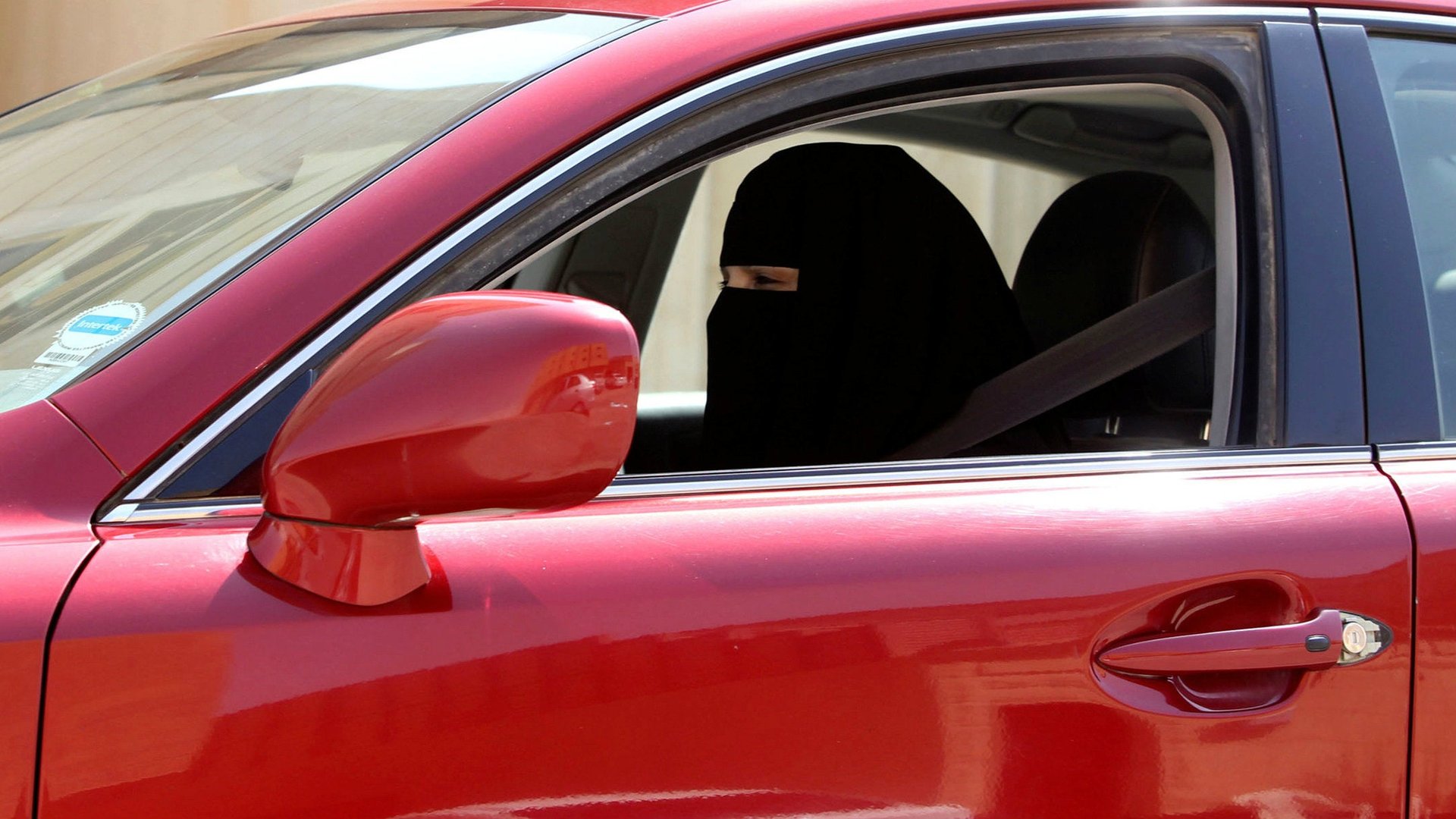Saudi Arabia’s women are suddenly a huge new market for covetous car companies
It took one day for auto companies to start trying to sell cars to Saudi women.


It took one day for auto companies to start trying to sell cars to Saudi women.
Saudi Arabia, the only country in the world that prohibits women from driving, announced earlier this week via royal decree that women would be allowed to drive starting in 2018. The decision is being hailed as a huge win for women’s rights, but also a shrewd move by the government to encourage foreign investment in the conservative country as it tries to shifts its economy away from its deep dependence on oil.
It’s also a boon for automakers. Saudi Arabia is the largest importer of vehicles and parts in the region, and ranks 21st out of the 198 global auto markets, according to LMC Automotive. The decree means there will be a lot of new potential customers behind the wheel for car companies to woo—there are more than 8 million women aged 15-54 in Saudi Arabia, according to the CIA’s World Factbook and Merrill Lynch estimates the royal decree will put 9 million potential new drivers on the road, including 2.7 million resident non-Saudi women.
A few hours after the decision was announced, the ads from some of the world’s biggest car companies already started rolling in on social media:
In the long term, the Saudi Arabian market is a big opportunity for car manufacturers. The median age in the country is 27 and almost half of the population is under 24 years old. That means a new generation of vehicle owners is about to come of age and will have the power to shape the nation’s purchasing habits and thus the automotive landscape. The decision to allow women drivers has the potential to raise car sales in the country 15-20% annually, LMC Automotive predicts.
While Saudi Arabia is a country known for expensive tastes and luxury brands, it’s actually the small and mid-range vehicles that dominate its auto market—Toyota, Hyundai-Kia, and Nissan make up 71% of sales.